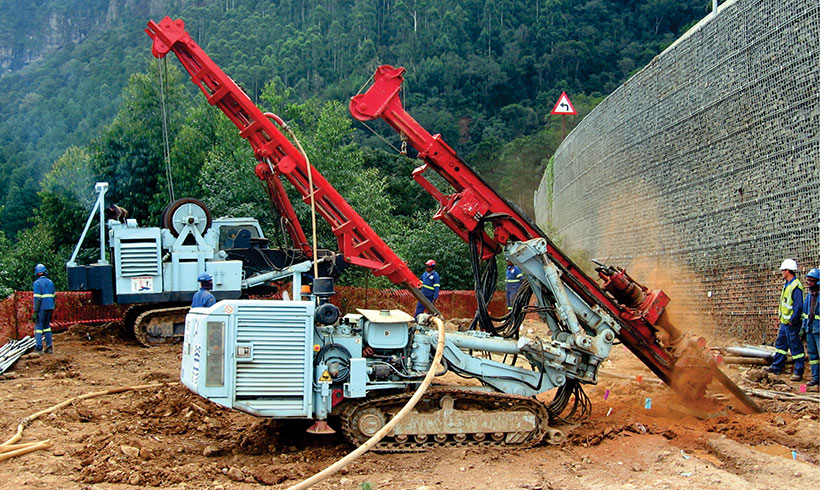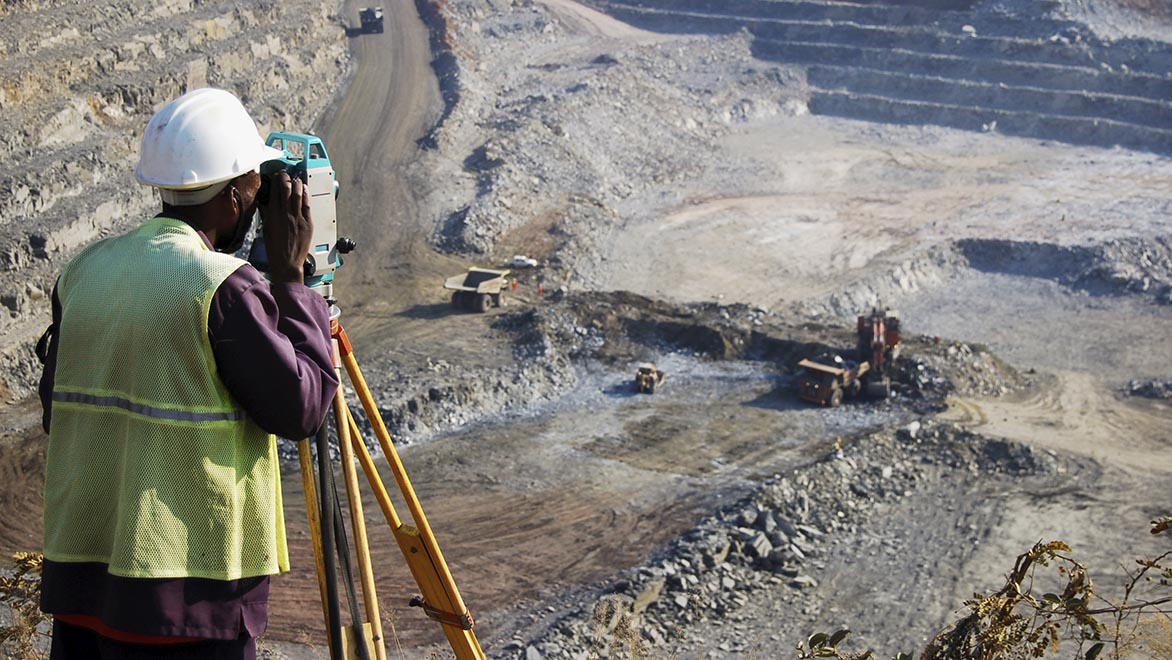The Ultimate Guide To Geotechnical Engineering For Construction Projects
Table of Contents7 Simple Techniques For Geotechnical Engineering For Construction ProjectsGeotechnical Engineering For Construction Projects Things To Know Before You BuyGeotechnical Engineering For Construction Projects Fundamentals ExplainedThe 9-Second Trick For Geotechnical Engineering For Construction ProjectsThe Greatest Guide To Geotechnical Engineering For Construction ProjectsThe Main Principles Of Geotechnical Engineering For Construction Projects An Unbiased View of Geotechnical Engineering For Construction ProjectsThe Ultimate Guide To Geotechnical Engineering For Construction Projects
Synchronizing with this enhanced complexity comes geological and ecological variables that impact the design of the foundation, which is perhaps one of the most important part of any growth. People require to rely on that structures, bridges, and highways will certainly stand the examination of time. A Geotechnical designer encourages on how a structure can best be sustained giving its distinct situations What's hidden below the surface area of the ground is likely the most vital item of info that a Geotechnical Designer seeks.These examples are after that examined by the lab to determine dirt structure (Geotechnical Engineering for Construction Projects). The malfunction of sand, silt, clay, and various other products present in the soil, helps the designer identify what distinct features the website has and what the effects of those may be. Certainly dirt composition is just one examination that can be done on samples
3 Simple Techniques For Geotechnical Engineering For Construction Projects
Based on these tests, there may be extra dirt borings that are drilled, or the designer may have adequate information from the initial tests to make a referral to the client on how ideal to wage their project. Outcomes are usually reported via borings logs which reveal the soil composition and characteristics at a selection of depths.
Geotechnical engineers are in charge of understanding the buildings of natural resources and utilizing this understanding to create risk-free, cost-effective designs for building and construction jobs. It is a vital part of any kind of civil design project, as it is made use of to determine the viability of a website for building and construction and to ensure the structure's safety.
This consists of doing research laboratory examinations on the examples and making use of geophysical approaches such as seismic refraction and electrical resistivity studies. This data is used to assess the website's suitability for building and to figure out the kind of structure that need to be utilized. Geotechnical engineering evaluates soil conditions, identifies prospective threats, selects a suitable structure system for the suggested framework, and figures out the finest structure style for a given job.
Excitement About Geotechnical Engineering For Construction Projects
The framework may end up being unsteady or collapse without correct dirt stabilisation, bring about pricey repair work and prospective injury. The stablizing process entails using various strategies to enhance the security of the soil, such as compaction, grouting, and the addition of reinforcing products. Without dirt stablizing, the risks linked with building tasks would be much greater, and the outcomes a lot less trusted.
It is a procedure used to enhance the homes of soils. Geotechnical engineers conduct site examinations to analyze the dirt's residential or commercial properties and identify prospective risks. They additionally develop foundations and various other structures that need to be improved the website, thinking about the soil's characteristics. They create and implement soil stablizing approaches, such as adding concrete, lime, or various other maintaining representatives, to boost the soil's stamina and security.
How Geotechnical Engineering For Construction Projects can Save You Time, Stress, and Money.
Geotechnical engineers are vital in helping to ensure that dirt stabilization is done appropriately to ensure that the framework is secure and safe. Geotechnical engineering is likewise made use of to examine dirt conditions and identify prospective risks. This consists of assessing potential flooding, landslides, and various other natural calamities that might influence the foundation.
Geotechnical designers utilize this expertise to do website investigations, dirt, and rock screening, and to analyze the results to figure out the appropriate style specifications for a project. This info is utilized to make certain that the structure, keeping wall surfaces, slopes, and various other structures built on or within the subsurface materials have enough security and resistance to external tons, such as earthquakes, wind, and water.
These frameworks require a deep understanding of the habits of the subsurface products, along with the capacity to manage the effect of excavation Check This Out and construction on the surrounding atmosphere. Geotechnical designers utilize their experience to establish the proper layout specifications for these structures, such as the shapes and size of the passage, the strength of the supporting rock, and the type and amount of assistance called for.
Along with the style and construction of structures, geotechnical engineering likewise plays an important duty in the recovery and maintenance of existing frameworks. As frameworks age, they might experience degradation or various other issues that influence their security and performance. Geotechnical designers use their experience to examine the condition of these frameworks, determine the reasons of the troubles, and create strategies to resolve them.
Top Guidelines Of Geotechnical Engineering For Construction Projects
In this article, I will certainly talk about the role of geotechnical engineering and the sorts of troubles geotechnical designers solve. Geotechnical designers (geotechs) are entailed in virtually every sort of civil engineering project. After all, every framework is supported by dirt or rock unless it is floating, flying, or dropping down.
Geotechs are normally most entailed at the start of a task. Geotechnical Engineering for Construction Projects. Some of the jobs that a geotech might be in charge of are checking out subsurface conditions, establishing needed lab screening of dirt and rock, analyzing the subsurface expedition results, and composing reports that record the site problems and offer referrals for foundations, fill requirements, slope security, etc
It is not unusual for geotechnical engineers to concentrate on just one of the locations listed above and research that subject their entire occupation. Geotechnical design is a crucial facet of any civil design project. Regardless of exactly how wonderful a structure is developed, it will certainly not be fantastic for long if the structure is poor.
The smart Trick of Geotechnical Engineering For Construction Projects That Nobody is Discussing

Often, points that may not seem crucial become crucial years later on when concerns arise. One last thing to remember: geotechnical design is wed to geology. Regardless of exactly how fantastic your engineering expertise is, if something important is missed out on in the geologic characterization at a site, your experience may not save you.
He appreciates creeping around on any kind of landslide he can discover and spending time fly fishing on the water. I hope you enjoyed this week's post by visitor author Jese Vance. I wish you'll join us.
Geotechnical Engineering For Construction Projects Things To Know Before You Get This

It is essential to understand the soil condition prior to making the kind and depth of structure required for the framework. In order to recognize the subsurface dirt problem, a geotechnical examination is called for.
Not known Details About Geotechnical Engineering For Construction Projects
As soon as the examination results come, the Geotechnical Engineer evaluations the report, which describes the soil and rock homes groundwater condition and the associated risks. The kind of structure called for to construct the structure is then figured out. Based upon the referral of the Geotechnical Engineer, the structural designer then develops the framework.